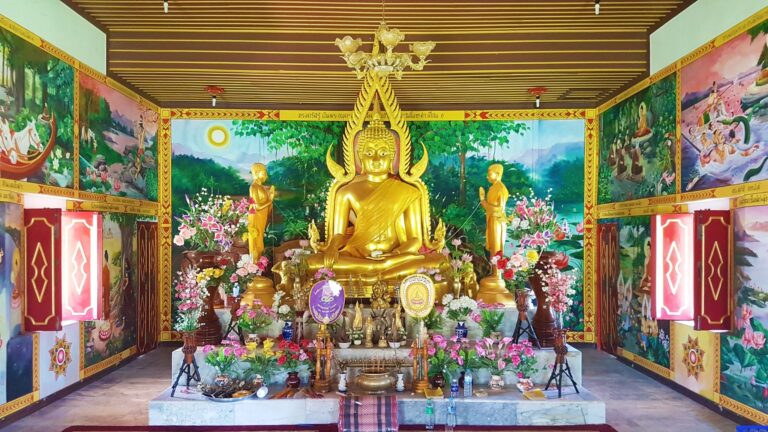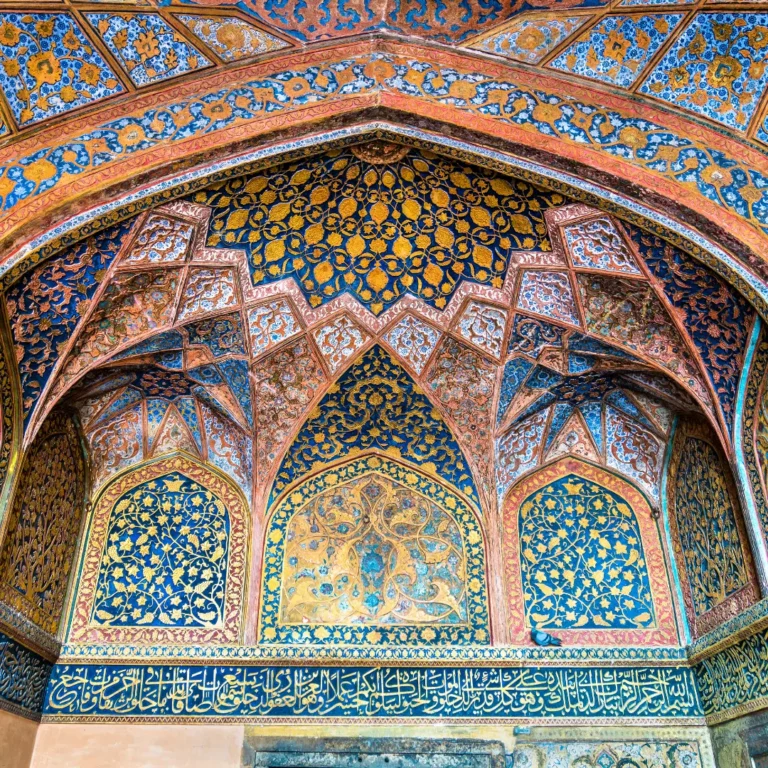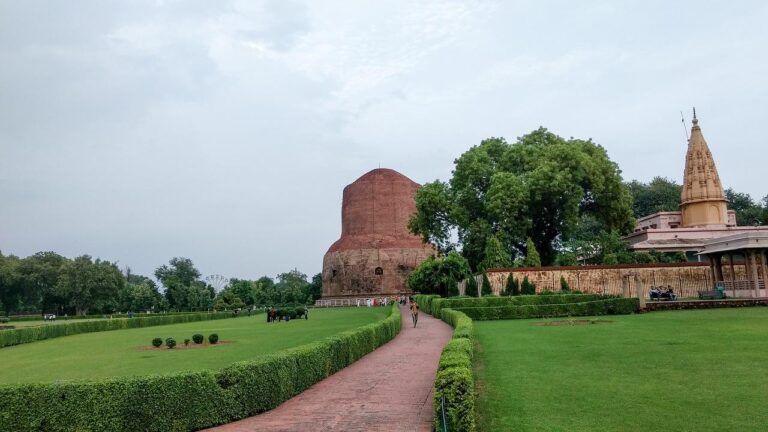The Mughal Gardens are a very important constituent of the city of Agra, lining the banks of the river Yamuna, these gardens are a refuge from the extreme heat in the city during summers.
The amazing gardens took over a century to be created, and the Taj Mahal is located across the Yamuna River. It forms a major context that represents an important example of the Mughal landscape. There have been historical records that shows during the reign of most Mughal kings, this place at the riverfront was densely covered by walled enclosures, buildings, pavilions, and lush gardens.Today, there are 40 Mughal gardens that have survived and four among these are under the Archaeological Survey of India. These gardens represent an exceptional collection of Mughal heritage, and are open to the public although they are not so well known to travelers.
These beautiful gardens that have survived so many centuries are facing the threat of modernization, with urban developments, pollution, traffic congestion and lack of visitor amenities. Highways and bridges have been built close by, hence making it more easily accessible. In the year 2014, WOrld Monuments Fund in association with the Archaeological Survey of India, launched a program to revive, restore these gardens to their original form, also reactivate their water features and them to the public in a new form. In the near future, the WMF will focus on two of these gardens: Mehtab Bagh and the Garden of the Tomb of Itimad-ud-Daulah. In 2017,the conservation of important features of the garden would be done, along with planting new ones to stimulate the historic Mughal Landscape. Students from the Harvard University’s Graduate School of Design joined the program by conducting studies on Agra and engaging in an analysis of the urban fabric that surrounds the gardens in order to provide holistic solutions for the sites within their urban context. The main purpose of the project is to involve the community and promote sustainable management in all the sites. The WMF is inspiring non-governmental organizations working on social equity, environment and urban planning issues to participate in the task of reviving and maintaining these Mughal Gardens.
This project of conservation of these sites has remarkably increased visitor footfall at the gardens. These magnificent gardens provide an excellent history of the prosperous Mughal gardens to not only Indian visitors as well as ones from abroad. These gardens provide open green space in the heart of the city of Agra. January 2019 marked the completion of the conservation project with a celebration organized by WMF and Archaeological Survey of India, and the inauguration ceremony was held at the garden of the Tomb of Itimad-ud-Daulah along with project supporters.







